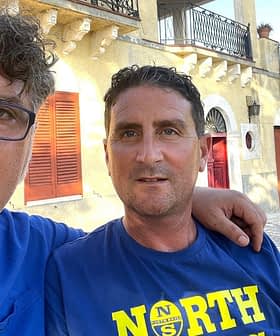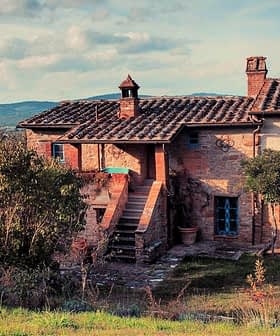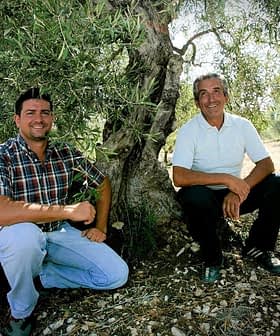Not far away from the tourist-packed streets of the villages of Saint Rémy-de-Provence and Baux, the olive groves of the Domaine de La Vallongue seem to grow in a whole different world.
The estate is placed at the bottom of a long and narrow valley -– Vallongue means “long valley” — at the heart of Les Alpilles, a small mountain range covered with pines and kernel oaks.
Here, olive trees, grapevines and almond trees have had to adapt to strong winds, the mistral winds, and limestone soil.
See Also:The Best Olive Oils from FranceThis Regional Natural Park and the villages it comprises is one of the most visited places in France.
“This dale was part of the Via Augusta, the Roman road linking Spain with the capital of the Empire that ran all the way along the Mediterranean coast,” Laetitia Barthélemy, olive oil miller and production manager of the company tells Olive Oil Times.
As we stroll through the lines of olive trees, Barthélemy and Juliette Allain, commercial and marketing director, recall how the owner of the 300 hectares estate, Christian Latouch, fell in love with “the magic” of this place back in 2008 and decided to start producing wines and olive oils here.
“There were six hectares of olive groves then. Now we have 79, which means around 18,000 olive trees. In 2015, this adventure continued in 2015 when we opened our own new olive oil mill,” Barthélemy says.
“The secret to having a better quality olive oil is the capability to take the olives to the mill as fast as possible and, as they are our groves and it is our mill, it allows us to keep control of the logistics, the varieties that we want and the degree of maturation that we want,” she adds.
La Vallongue earned a Gold Award at the 2019 NYIOOC World Olive Oil Competition.
From the estate’s offices and mill, a typical Provençal farm surrounded by pines and cypresses, we drive to the different plots of land belonging to La Vallongue, placed within the municipalities of Saint Rémy and Eygalières. The majority of them are newly planted olive groves.
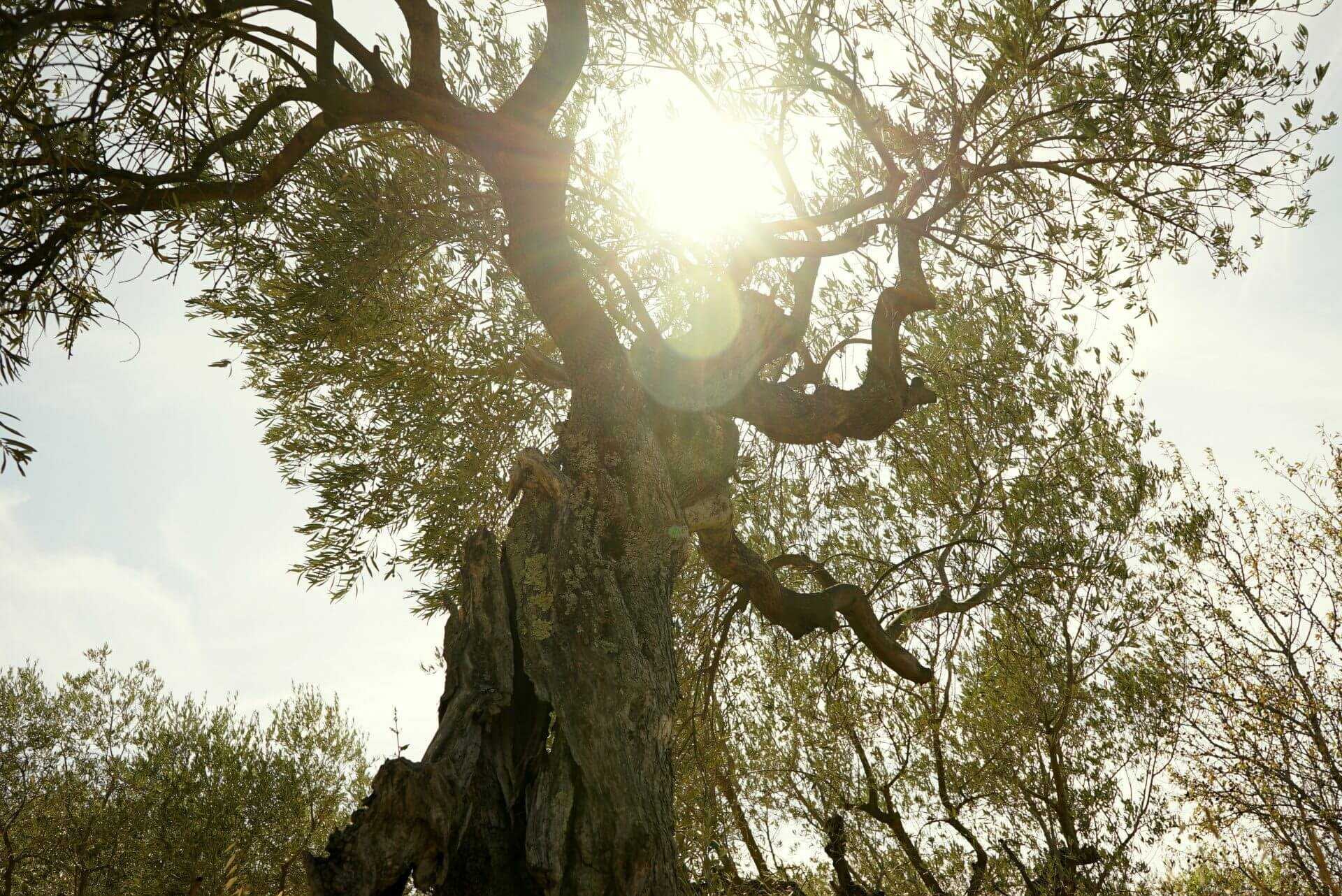
Olives and olive trees at La Vallongue
Others survived the great frost of 1956, which decimated many of the olive trees in the South of France and North of Spain. Those share a characteristic shape, with an old dead trunk in the middle surrounded by four new branches giving the tree a second life.
Most of the estate grows non-organic olive oil, although a small share of organic oil is also produced.
“Producing organic oil is complex today, but we are developing it,” Barthélemy suggests.
When asked what makes French olive oil production particular, Barthélemy points to the Protected Designation of Origin system (AOPs), which also exists in other European countries, but, she says, is deeply rooted in France.
“AOPs are meant to link producers and their land, especially a particular kind of soil (terroir, in French), climate, and above all the know-how. Also, AOPs serve consumers’ demands, who are increasingly interested in locally produced and fully traceable foods,” she explains.
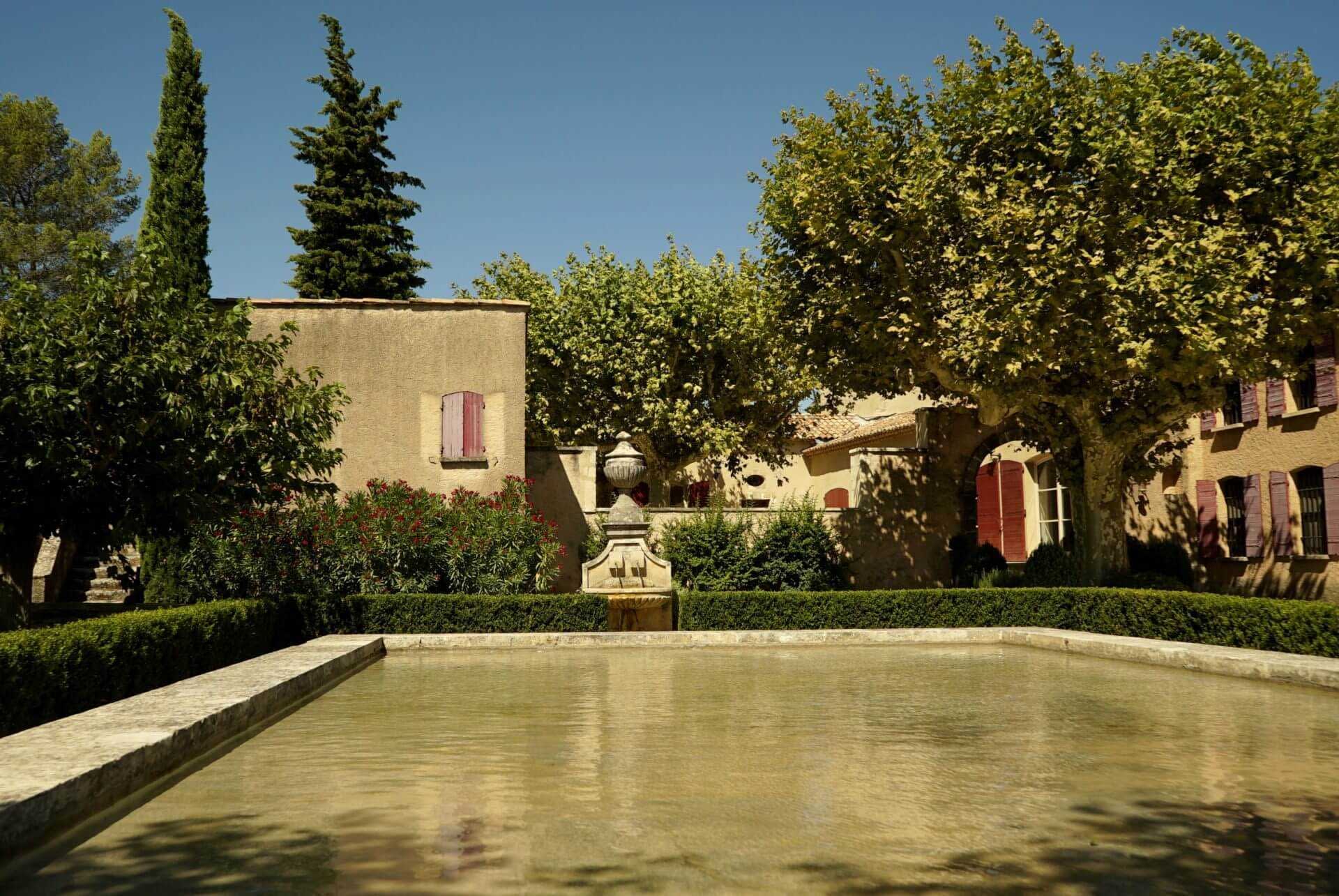
Domaine de la Vallongue
“This system already proved to work very well in the wine sector, so we started applying it to other products such as oils of cheese,” Allain adds.
La Vallongue belongs to the AOP of La Vallée des Baux de Provence. Despite being one of the smallest of the eight olive oil AOPs in France, it comprises sixteen villages and produces some 15 percent of the total French olive oil production.
Preserving and promoting the production of local cultivars is key to the AOPs system.
“Here at La Vallongue we basically grow five varieties which are typical from the Vallée des Baux. We have the Salonenque, which takes its name from the neighboring city of Salon de Provence,” Barthélemy says.
“We also have the Berruguete and the Verdale of the Bouches du Rhône, which is typical from this department and has grassy and green apple aromas and the Grossane, which is endemic of the Vallée des Baux. According to the legend, the lords of the Baux brought that variety from the Crusades. And finally, we have the Picholine, which is small and pointy.”
“These different cultivars and having our own mil allows us to offer a big diversity of oils with different flavors,” the miller adds.


